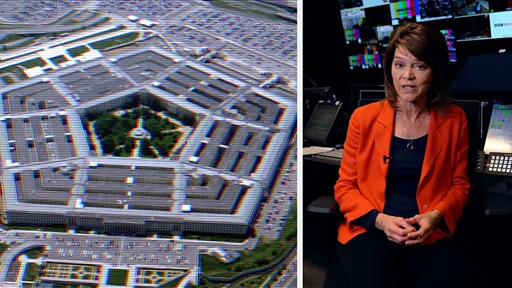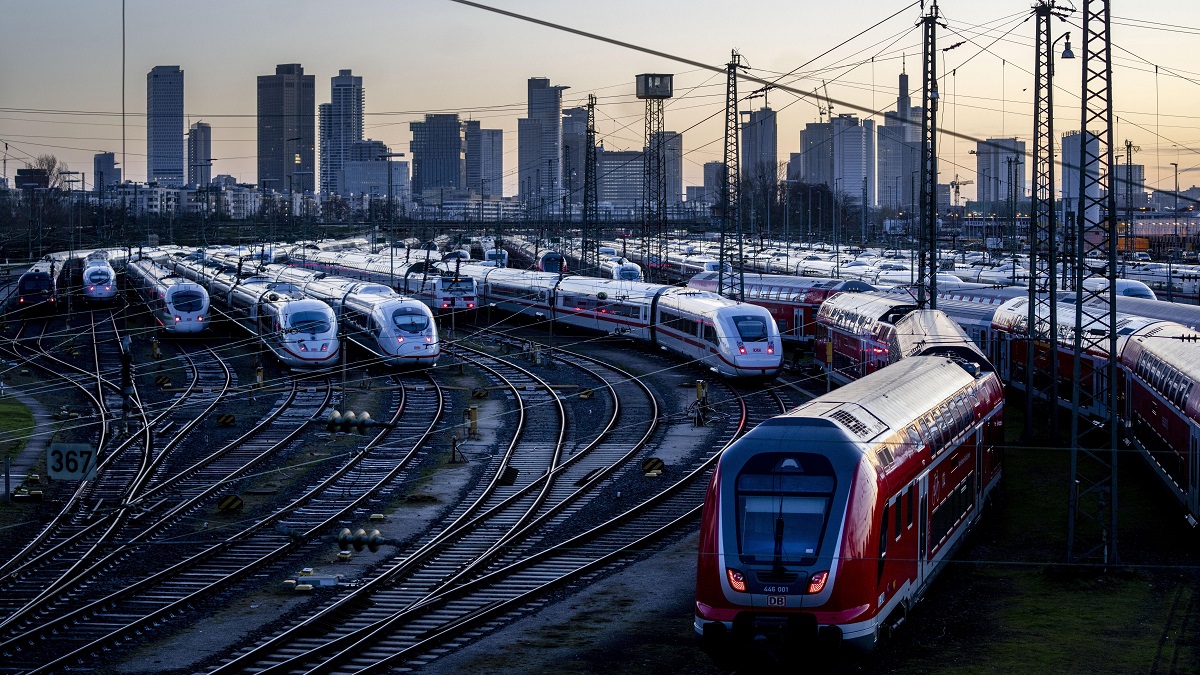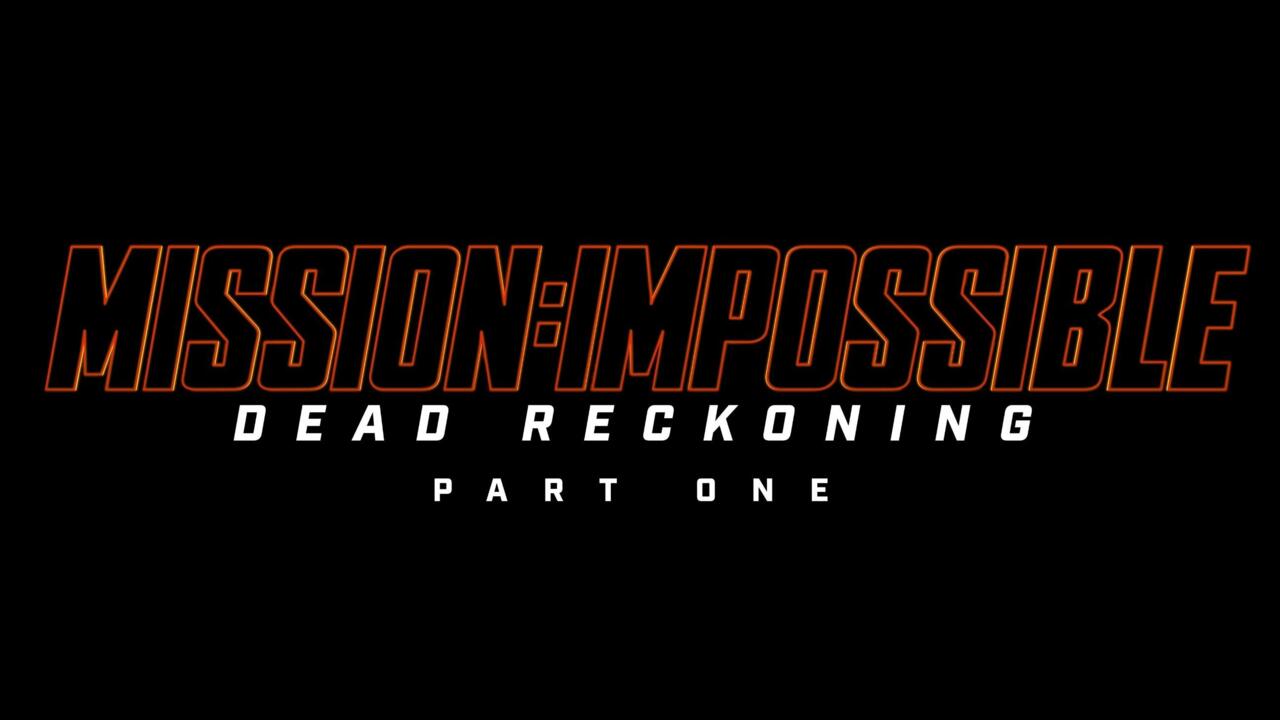WGA And SAG-AFTRA Strike: What It Means For Hollywood And The Future Of Film And Television

Table of Contents
Key Demands of the WGA and SAG-AFTRA Strikes
The WGA and SAG-AFTRA strikes are fueled by a multitude of concerns, many stemming from the seismic shifts in the entertainment landscape brought about by streaming services and the rise of artificial intelligence.
WGA Demands:
The Writers Guild of America's demands center on securing fair compensation and protecting writers' rights in a rapidly evolving industry. Key demands include:
-
Fair wages and residuals in the streaming era: Traditional models of television compensation relied heavily on residuals – payments made to writers each time their work is aired. Streaming services often offer flat fees, drastically reducing writers' income despite the potential for widespread viewership. The WGA is pushing for a fairer system that reflects the value of their creative contributions in the streaming age.
-
Protection against the use of AI in writing: The WGA is deeply concerned about the potential for AI to replace human writers. Their demands include strict regulations on the use of AI in script creation, preventing studios from using AI to generate scripts or reduce the need for human writers.
-
Improved working conditions: This includes minimum staffing levels on productions, preventing studios from cutting corners and overworking writers.
-
Transparency in streaming viewership data: The WGA seeks greater transparency regarding streaming viewership numbers to ensure fair compensation is tied to actual audience engagement.
-
Specific examples: One example is the practice of "mini-rooms," where writers are hired for shorter periods and receive significantly less pay than on traditional projects. The WGA proposes establishing minimum contract lengths and improving pay structures to counteract this practice.
SAG-AFTRA Demands:
SAG-AFTRA's strike reflects similar concerns regarding fair compensation and the impact of new technologies, alongside issues specifically affecting actors:
-
Fair wages and residuals, particularly for streaming content: Similar to the WGA, SAG-AFTRA is fighting for fairer compensation models for streaming work, where residuals are often minimal or nonexistent.
-
Regulation of the use of AI in performance capture and voice cloning: The union is pushing for regulations to prevent the unauthorized use of actors' likenesses and voices for AI-generated content. This includes protecting actors from having their performances used to train AI models without their consent or compensation.
-
Improved health and safety protocols on set: The union is seeking to strengthen safety regulations on set to protect actors from injury and exploitation.
-
Increased transparency regarding casting practices: SAG-AFTRA seeks greater transparency in the casting process to combat bias and ensure fair opportunity for all actors.
-
Protection against self-tape exploitation: The union is fighting against the overuse of self-tapes, which often require actors to incur significant expenses without proper compensation.
-
Specific examples: One issue is the use of AI to digitally alter actors' performances without their consent, for example, de-aging actors in post-production. SAG-AFTRA demands compensation and control over how their likeness is utilized.
Impact of the Strike on Hollywood Production
The combined WGA and SAG-AFTRA strike has brought Hollywood production to a near standstill, with far-reaching consequences.
Immediate Effects:
-
Halted production of numerous film and television projects: Major studios have been forced to halt production on countless film and television projects, resulting in significant financial losses.
-
Delayed release dates for anticipated films and shows: The strike has pushed back the release dates of many highly anticipated films and TV shows, impacting box office potential and audience expectations.
-
Financial losses for studios and production companies: The prolonged shutdown is costing studios millions of dollars each day, impacting not only profits but also the financial stability of smaller production companies.
-
Uncertainty for freelance workers in the industry (e.g., crew members): Thousands of freelance workers, including crew members, grips, and other support staff, have lost their jobs due to the halted productions, leading to financial hardship and industry uncertainty.
-
Specific examples: Major late-night shows have been dark, late-season premieres of several network TV shows are delayed, and filming of numerous feature films has been indefinitely postponed.
Long-Term Consequences:
-
Potential changes to the way television and film are produced: The strike could force studios to reconsider their production models, potentially leading to more sustainable and equitable practices.
-
Shift in power dynamics between studios and unions: The outcome of the strike will have a significant impact on the power balance between studios and labor unions, potentially leading to increased union influence in the industry.
-
Potential for innovation in the industry due to forced adaptation: The shutdown could stimulate innovation as studios seek ways to maintain productivity in the face of the strike.
-
Impact on the diversity and inclusivity of onscreen and behind-the-scenes talent: The strike could lead to positive changes in how diversity and inclusivity are prioritized within the industry.
-
Specific examples: We might see a shift towards shorter production schedules, more efficient pre-production processes, or increased use of independent producers who are not directly impacted by the strike.
The Role of Streaming and AI in the Strike
The rise of streaming and the emergence of AI are central to the issues at the heart of the WGA and SAG-AFTRA strikes.
The Streaming Revolution and Residuals:
The transition to streaming has dramatically altered the revenue models of the entertainment industry. Traditional television relied on a system of syndication and broadcast residuals, providing writers and actors with ongoing compensation for their work. Streaming platforms often employ different compensation models that offer significantly lower or even no residuals, particularly for successful shows.
- Examples: A writer on a successful network show might earn significant residuals from reruns and syndication, while a writer on a popular streaming show may receive a smaller flat fee, regardless of its popularity.
The Threat of AI in the Entertainment Industry:
The use of AI in filmmaking presents significant challenges to writers and actors. AI-powered tools can generate scripts, create digital actors, and even alter existing performances, raising concerns about job displacement and the erosion of creative control. Both unions are demanding safeguards to prevent the exploitation of their members by AI technology.
- Examples: AI-powered tools can now generate scripts, leading to the potential displacement of human writers. Similarly, AI can create digital actors capable of mimicking real-life performers, potentially reducing the demand for human actors.
Conclusion
The WGA and SAG-AFTRA strikes represent a critical juncture in the history of Hollywood. The demands for fair wages, improved working conditions, and protection against the encroachment of AI are not merely about compensation; they are about the very future of creative work in the entertainment industry. The outcome of this Hollywood strike will undoubtedly shape the landscape of film and television for years to come. To stay informed about the ongoing developments and the future of the WGA and SAG-AFTRA strike, continue to follow reliable news sources and support the ongoing efforts for fair treatment of writers and actors. Understanding the complexities of the WGA and SAG-AFTRA strike is crucial for anyone invested in the future of film and television.

Featured Posts
-
 Pete Hegseth Faces Backlash Exclusive Details On Pentagon Leaks And Infighting
Apr 26, 2025
Pete Hegseth Faces Backlash Exclusive Details On Pentagon Leaks And Infighting
Apr 26, 2025 -
 California Now Worlds Fourth Largest Economy An Economic Analysis
Apr 26, 2025
California Now Worlds Fourth Largest Economy An Economic Analysis
Apr 26, 2025 -
 Jennifer Aniston And Chelsea Handler The Real Reason Behind Their Fallout
Apr 26, 2025
Jennifer Aniston And Chelsea Handler The Real Reason Behind Their Fallout
Apr 26, 2025 -
 Stock Market Valuations Bof As Reassuring Analysis For Investors
Apr 26, 2025
Stock Market Valuations Bof As Reassuring Analysis For Investors
Apr 26, 2025 -
 New Mission Impossible Dead Reckoning Part Two Trailer Everything We Know
Apr 26, 2025
New Mission Impossible Dead Reckoning Part Two Trailer Everything We Know
Apr 26, 2025
Latest Posts
-
 Amphibien Und Reptilien In Thueringen Ein Umfassender Atlas
Apr 27, 2025
Amphibien Und Reptilien In Thueringen Ein Umfassender Atlas
Apr 27, 2025 -
 Entdeckung Der Herpetofauna Thueringens Der Neue Amphibien Und Reptilienatlas
Apr 27, 2025
Entdeckung Der Herpetofauna Thueringens Der Neue Amphibien Und Reptilienatlas
Apr 27, 2025 -
 Thueringens Amphibien Und Reptilien Der Neue Atlas
Apr 27, 2025
Thueringens Amphibien Und Reptilien Der Neue Atlas
Apr 27, 2025 -
 Thueringen Amphibien Und Reptilienatlas Erscheinen Des Umfassenden Werks
Apr 27, 2025
Thueringen Amphibien Und Reptilienatlas Erscheinen Des Umfassenden Werks
Apr 27, 2025 -
 German Politics Crumbachs Resignation And Its Implications For The Spd
Apr 27, 2025
German Politics Crumbachs Resignation And Its Implications For The Spd
Apr 27, 2025
